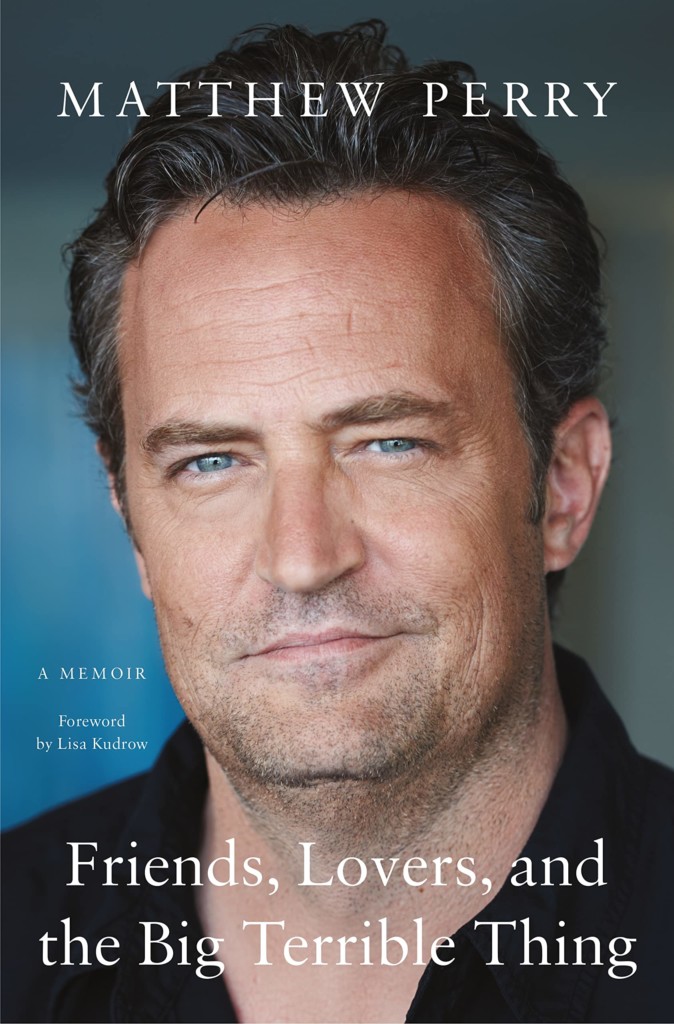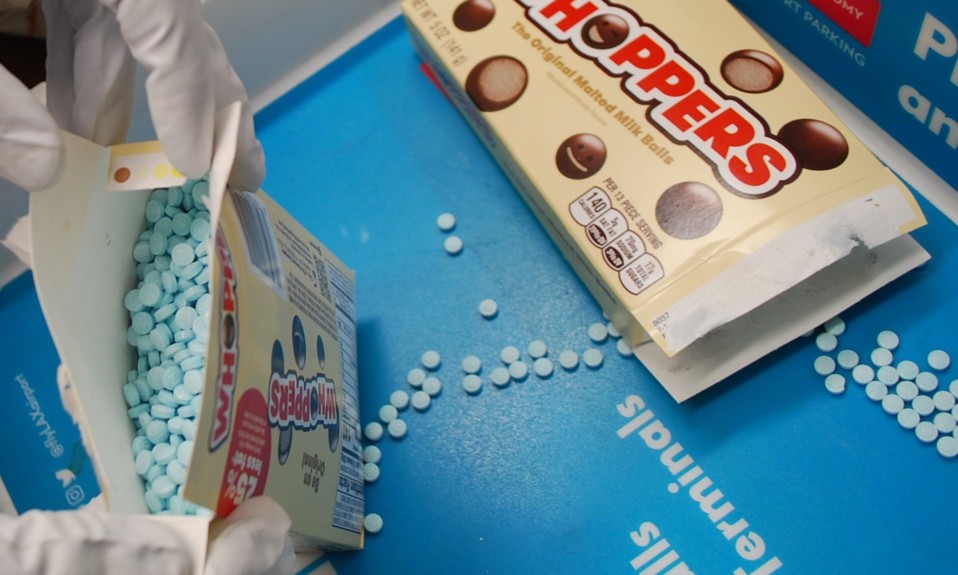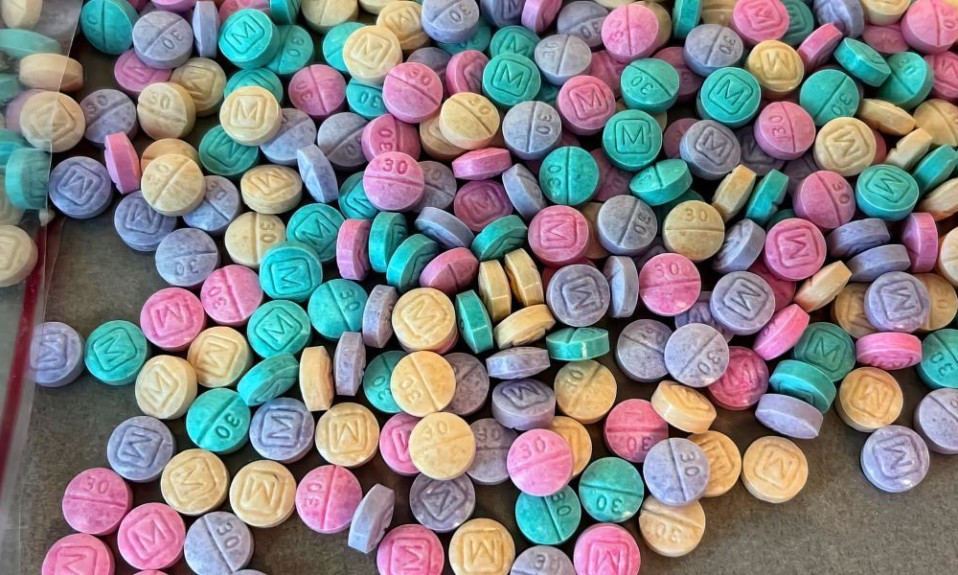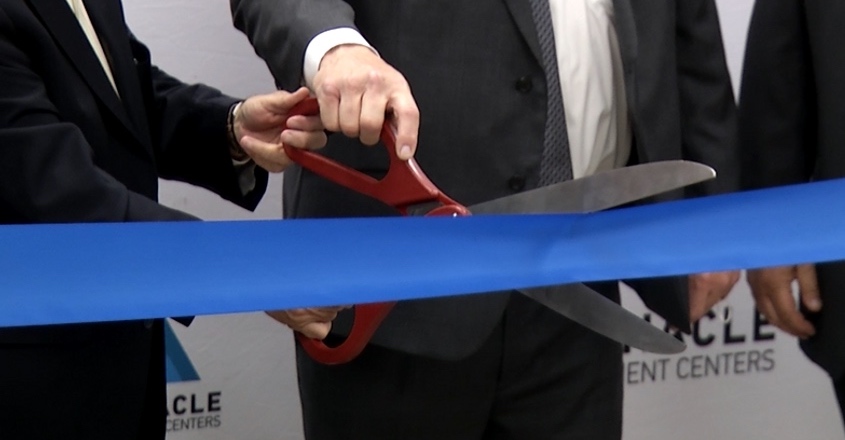Plus: Antihistamine-involved overdose deaths, Matthew Perry’s addiction memoir and more treatment industry news
By Mark Mravic
New & Next: News
Halloween Fearmongering Distracts From Fentanyl’s Real Dangers
Once again, law enforcement officials have taken a piece of good news—the seizure of a large amount of illicit fentanyl at Los Angeles International Airport—and muddied the message with dubious claims that news media unquestioningly pass on to the public. Last week, as a passenger was being screened at LAX, agents from the Los Angeles County Sheriff’s Department (LACSD) and the U.S. Drug Enforcement Agency (DEA) discovered some 12,000 fentanyl pills contained in packages disguised as candy boxes. The Sheriff’s Department issued a news bulletin on the seizure (the suspect fled), adding that “with Halloween approaching, parents need to make sure they are checking their kids [sic] candy and not allowing them to eat anything until it has been inspected by them.” Local ABC news affiliate ABC7 then Tweeted out the #BREAKING news of the “renewed Halloween warnings to parents.”
By now accustomed to the routine, knowledgeable Twitter users called out the news site for the “ridiculous,” “absurd” assumption that drug traffickers would give away jumbo candy-sized boxes of expensive and powerful drugs to children. So voluminous and critical were the responses that ABC7—which failed to interview substance use experts or harm reduction advocates before publishing its story—temporarily hid the Twitter replies, possibly to conceal its embarrassment.
Nationwide, a spate of recent news stories have raised the idea that rainbow fentanyl is a “Halloween threat,” many of them uncritically regurgitating familiar talking points. Thankfully, however, reputable journalistic outlets have turned to experts in the field, who tend to take a more evidence-based approach to the issue. “I understand it looks scary to see drugs in candy boxes,” Stephanie Widmer, MD, a medical toxicologist and emergency medicine physician in New York, told Good Morning America, “but people are not handing out candy boxes full of drugs. That’s just not the reality of what’s going on.”
Joel Best, a professor at the University of Delaware who has studied Halloween candy cases for years, told ABC News that such scenarios “make no sense” from a practical or cost standpoint for drug traffickers. “Exactly why would you give a lethal opioid to an elementary school child?” Best said. “There’s an excellent chance that you’d kill him. And if the child lived and let’s say after one experience was an addict, what are you going to do—take his lunch money?” Best analyzed data across nearly five decades and said he “can’t find any evidence of any child that’s ever been killed or seriously hurt from contaminated treats picked up in the course of trick or treating.”
The problem, as experts note, is that Halloween fright stories deflect attention and resources from the very real—and growing—danger of high-potency fentanyl and the street drugs that are often adulterated with it. “Fentanyl is something that we should be talking about and that I think parents should talk about with their kids,” harm reductionist Ryan Marino, MD, told GMA. “The fearmongering about things like Halloween candy just really distracts from those evidence-based public health investments that we can make to protect kids.”
New & Next: Research
New Data on Antihistamines and Overdose Deaths
A study of recent overdose deaths by the Centers for Disease Control and Prevention (CDC) uncovered some troubling findings: a significant number the cases also involved antihistamines, common over-the-counter medications often taken for allergies or as sleep aids. Looking at 92,033 overdose fatalities in 43 states and Washington, D.C., in 2019-20, the CDC researchers found that 13,574 (14.7%) were “antihistamine-positive,” i.e., the drug was detected in post-mortem toxicology or otherwise evident; of those, 3,345 (3.6%) were “antihistamine-involved”—that is, the drug was listed as a cause of death. Only 90 deaths involved antihistamines as the sole drug; opioids, primarily illicit fentanyl, accounted for the large majority (83%) of co-involved cases. In more than two-thirds of fatalities, the antihistamine in question was diphenhydramine, commercially available as Benadryl.
The study, reported in Morbidity and Mortality Weekly Report, notes that antihistamines are often adulterants in illicit drugs, or they might be taken deliberately to alleviate side effects of opioids, such as itchy skin. One particular danger of co-use with opioids is the compounding sedative effect of the two drugs, which can exacerbate respiratory depression, the most common cause of overdose death. Adding to the problem is that those treating overdoses may not know if antihistamines are involved. As the authors of the report say, “Because antihistamines do not respond to naloxone, co-involved opioid and antihistamine overdoses might require naloxone administration plus other immediate medical response measures to prevent death.”
Speaking to USA Today about the study, Columbia University epidemiology professor Silvia Martins, PhD, said, “It’s a good wake-up call for us to continue checking what other potential drug combinations happen in overdoses.”
New & Next: Media
Matthew Perry’s Addiction Memoir

Most people know Matthew Perry as the neurotic, frenetically good-natured Chandler Bing in Friends, the iconic ’90s sit-com. Almost as familiar to fans of the show has been Perry’s long-running battle with addiction, often played out in the tabloid media. Now Perry has recounted his story in a candid, unflinching memoir, Friends, Lovers, and the Big Terrible Thing, set to be released on Nov. 1. Perry’s publisher, Flatiron Books, says he worked without a ghostwriter, something rare for a celebrity memoir.
Perry began drinking when he was 14 and eventually was consuming vodka by the quart, as well as taking Vicodin, Xanax and OxyContin. He told The New York Times that at one point he was taking 55 Vicodin a day, faking injuries and juggling doctors for prescriptions. “When you’re a drug addict, it’s all math,” he said. “It’s exhausting, but you have to do it or you get very, very sick. I wasn’t doing it to feel high or to feel good.” In 2018, his drug use caused his colon to rupture; he was in a coma for two weeks and briefly on life support, then spent nine months with a colostomy bag. Sober for 18 months now, Perry says he’s telling his story to break down the stigma surrounding addiction, and to help others.
Perry will be discussing his memoir on a book tour next month. The Nov. 2 kickoff event at The Town Hall in New York City will be available as a livestream.
New & Next: Staffing
NAATP Releases 2022 Salary Survey
The National Association of Addiction Treatment Providers (NAATP) has released its biannual survey of the addiction treatment industry, providing comprehensive information on salaries and benefits. The data, compiled with the participation of 114 organizations, covers staff demographics from the C-suite to support personnel and is broken down by region (South/West/Northeast/Midwest), setting (urban/suburban/rural), profit structure (non-profit/for-profit), levels of care, treatment capacity and more.
Among the findings detailed in the report’s preview:
- 62% of treatment staff nationwide are female
- 31% are under the age of 35
- 25% are employees of color
- 91% of organizations provide paid time off (PTO)
- 44% offer sick pay separate from PTO
- 18% offer vacation time beyond PTO
- 23% offer parental leave beyond that required by the Family and Medical Leave Act
The full report, including detailed salary information, is free to NAATP members who participated in the survey and is available for purchase for non-participating members and non-NAATP members.
Top photo: LACSD














